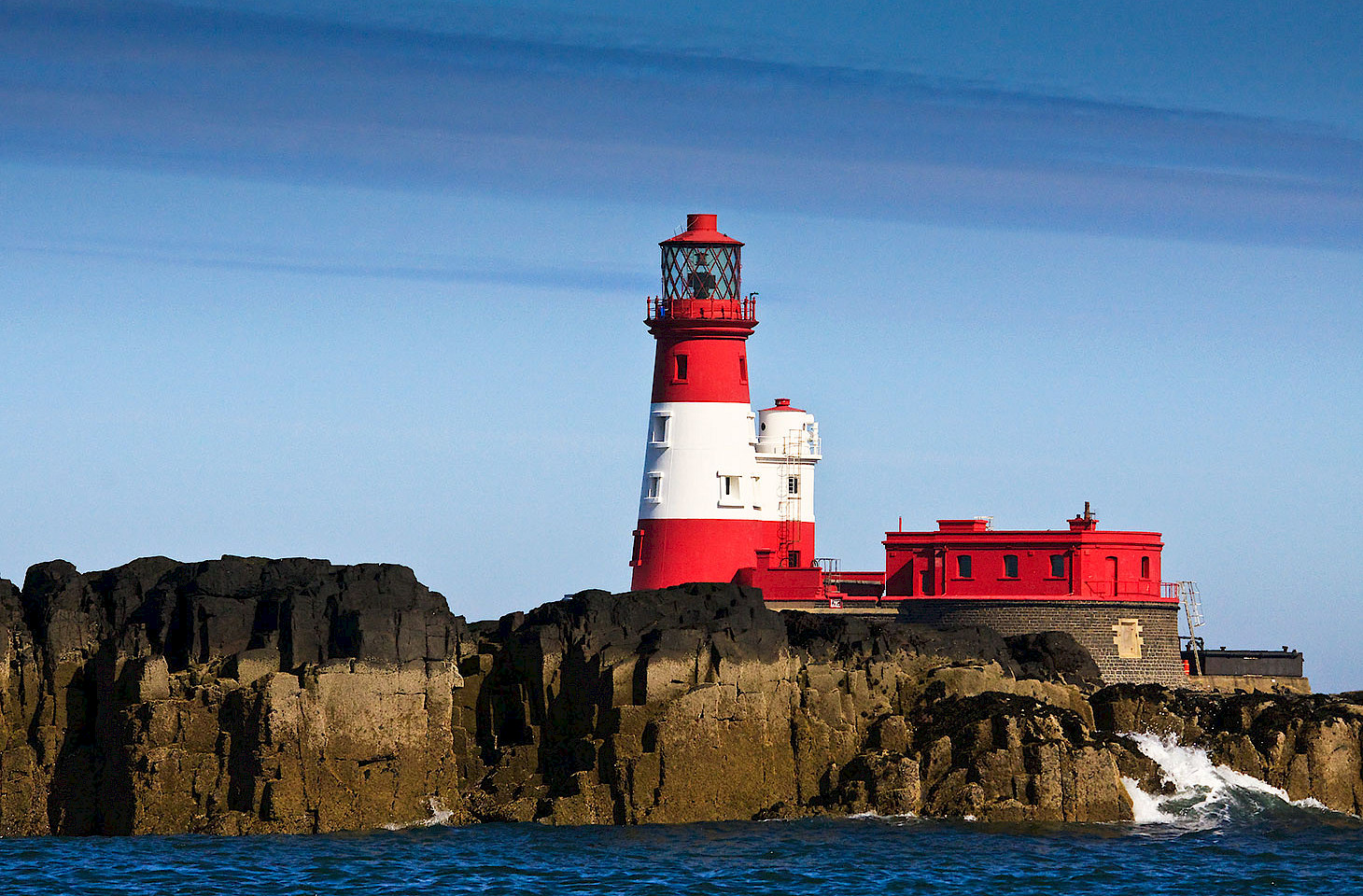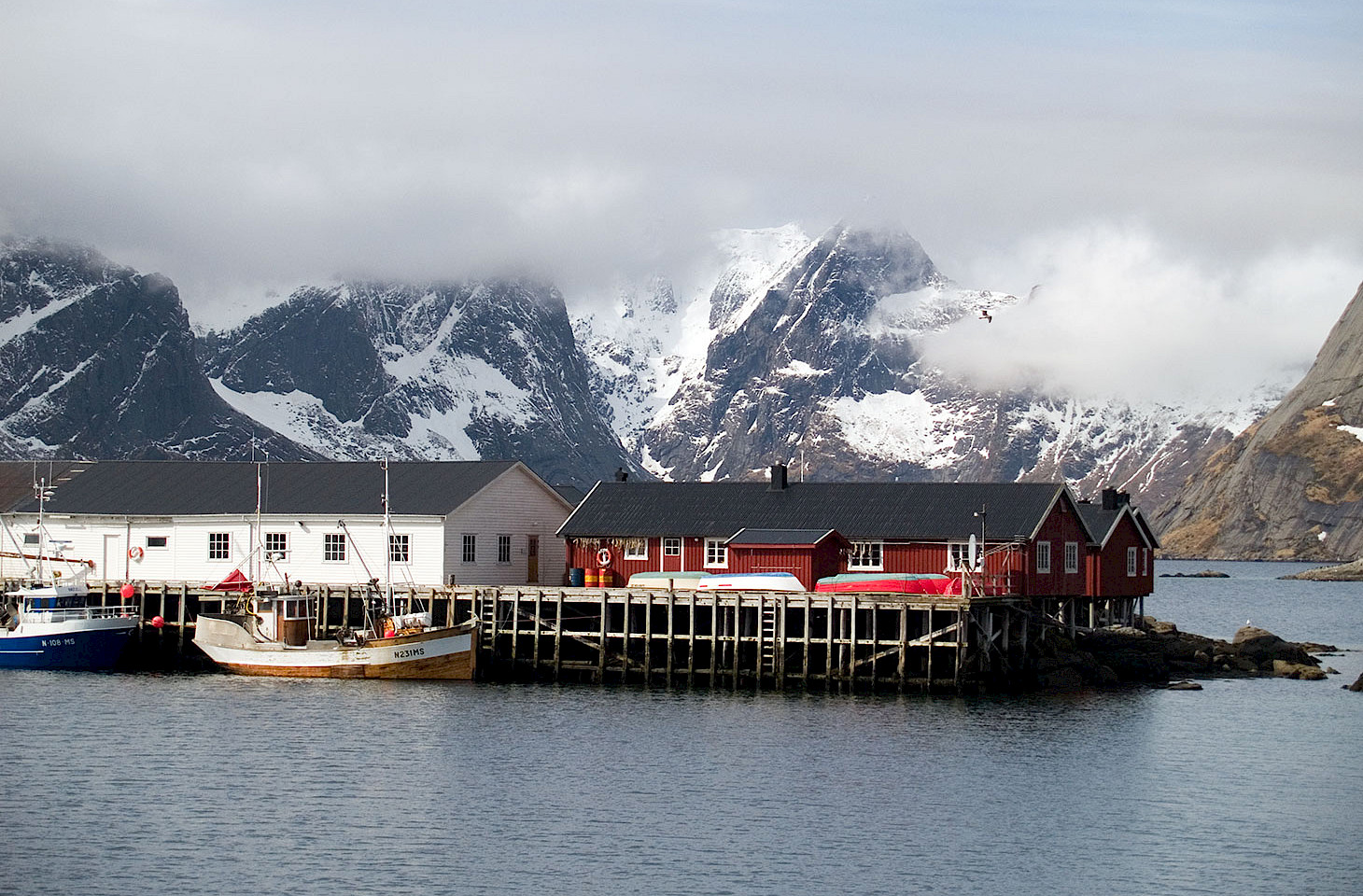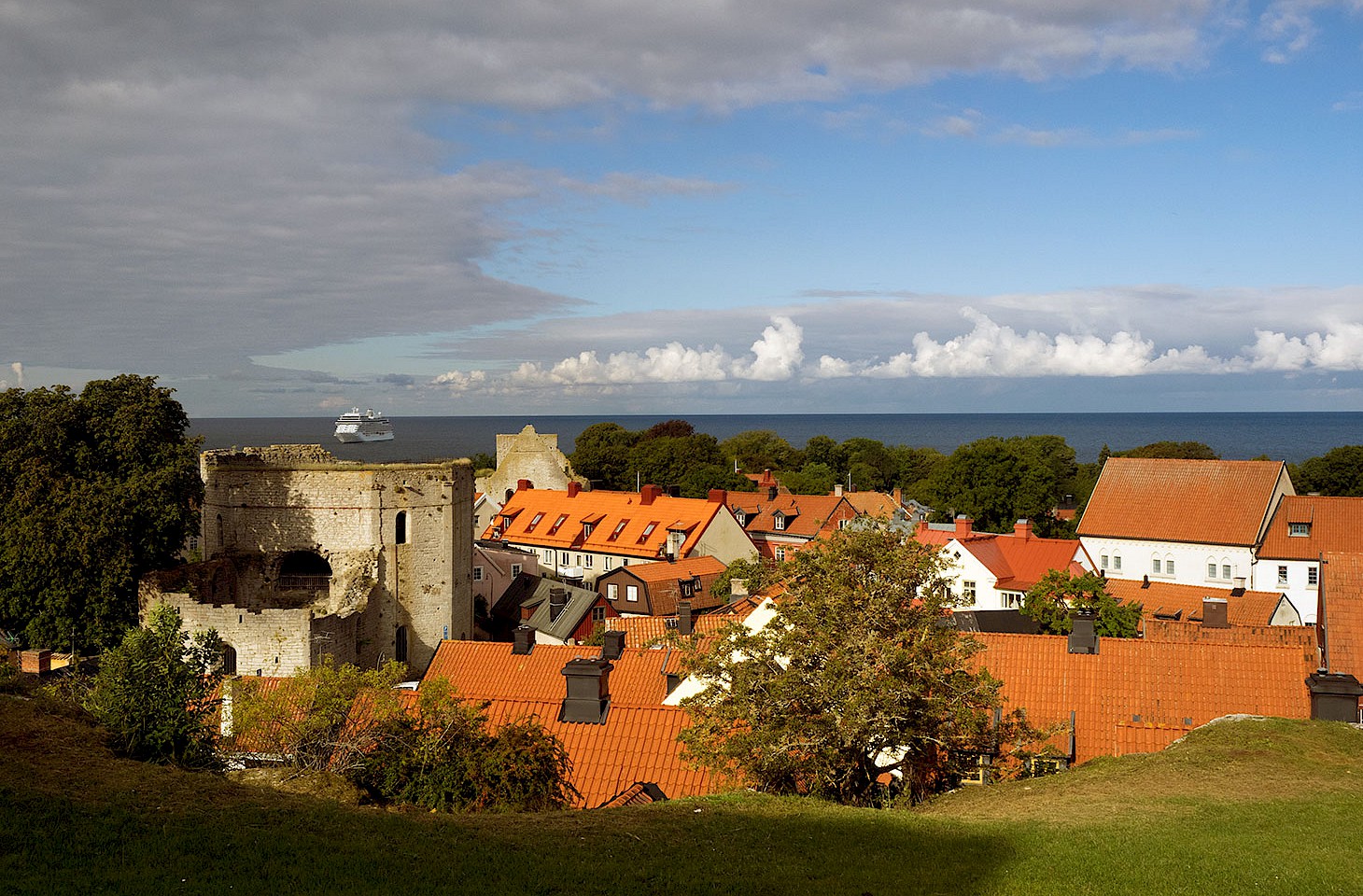Dear fellow travellers
The journey north from Palma is interesting in all weathers. The bus is the fast way to reach the north coast of Mallorca, but we opted for the train. It's slow and rattles along in an antique sort of way. The road cuts boldly though the island landscape; the railway is more gentle, negotiating its way through villages and around hills in a more tentative manner. It's not fast, but it's fun.
As the electric train bumps along the old track, there are gorgeous views north to the great ridge of hills which define the spine of Mallorca. The Serra de Tramuntana moves ever closer. The first plan for a railway linking Palma with Sóller suggested a difficult route over the hills, but in the end the railway company opted for a long tunnel under the mountains. We decided to alight from the train just before the tunnel, because here on the southern flank of the mountains is one of the finest of all the gardens in Mallorca.
A wide avenue of plane trees leads up to the house. When the English travel writer John Carr, who visited Mallorca in 1810, had the good fortune to be entertained to dinner at Alfàbia, he remarked that “it would be difficult to conceive of any spot under heaven more beautiful or tranquil.” Two centuries on, and the gardens at Alfàbia are still delightful for their setting — and interesting, too, as a fine example of Hispano-Arabic garden design where the real surprise is the creative use of water. There is of course rain aplenty on the Serra de Tramuntana, but managing the water to ensure an adequate supply to the gardens at Alfàbia was a considerable challenge. There are cisterns and cascades, and a network of small irrigation ditches called alfagras.
We wandered amid bamboo and eucalyptuses, past carob trees and citrus orchards, by pomegranates and myrtle. It is one of many beautiful places we have visited as part of our work for hidden europe. In these past months, our journeys have taken us from the stony foreshore of Dungeness (on the coast of England) to a flooded valley in Italy; we have wandered through the mountains of Bohemia and watched the sun rise from the comfort of the restaurant car on a Russian train. We put down our pens a little earlier than usual this year, as we have our sights on distant horizons: the Rub' al Khali in Arabia, the Swazi Highlands and the hills and valleys of Lesotho. These will, we fear, be the most unseasonal of places to spend Christmas and the New Year. But they will surely be fun.
We would like to wish all our readers a very peaceful Christmas. And we offer our sincere thanks to those who support our work by subscribing to hidden europe magazine. We shall be back early in 2016, bright-eyed and bushy-tailed, ready to report on more journeys around the continent we call home. Meanwhile, please do note that for pre-Christmas delivery, orders for gift subscriptions to hidden europe magazine (and back issue sets) really should be placed by Monday evening at the latest. Our last pre-Christmas mailing will be early on Wednesday 16th December.
Nicky Gardner and Susanne Kries
(editors, hidden europe magazine)




